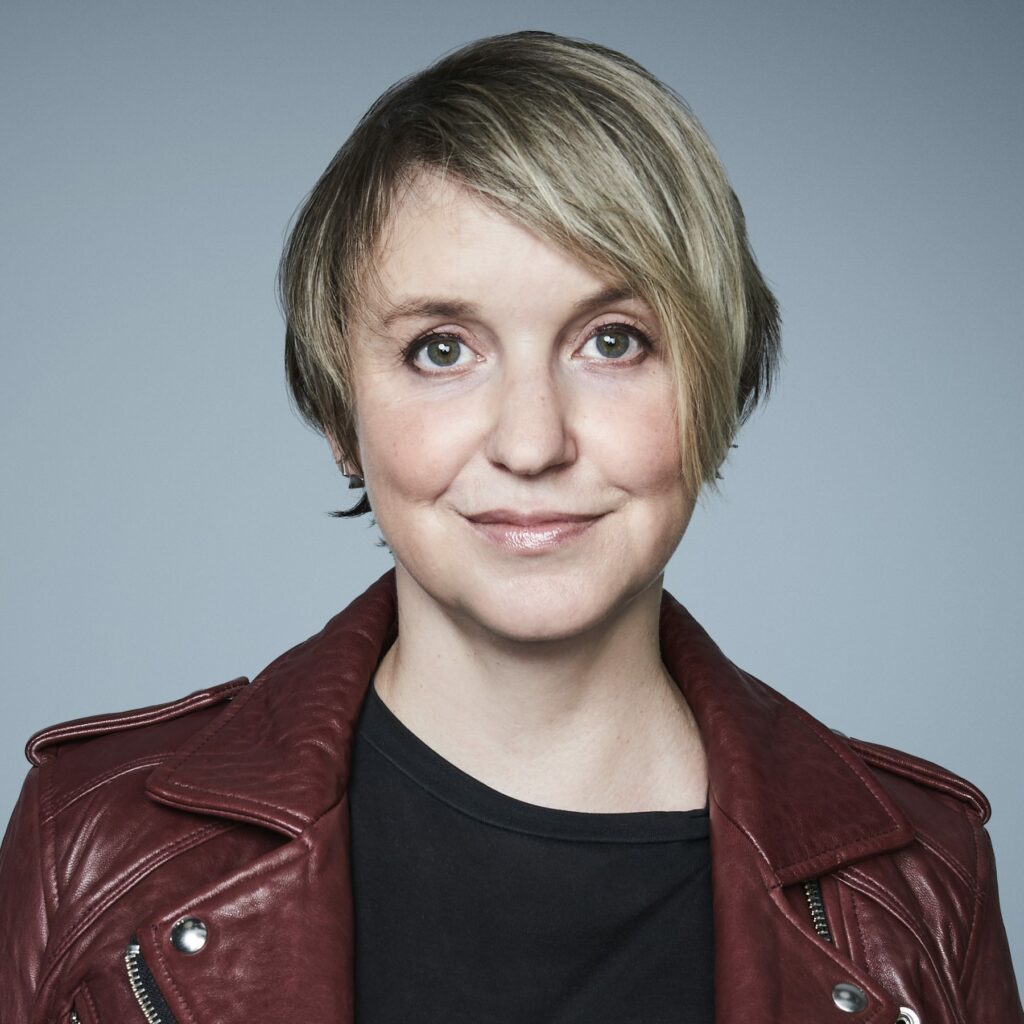We have to fight back with numbers. We need to see a huge volume of women candidates — and it’s happening right now. Women candidates of all shapes, colors, sizes, races, ages, backgrounds are flooding the zone. For years, we only had one mode of women’s political leadership. From the 60s to the 90s, every woman candidate looked the same. They all wore the same matching skirt suits, they had the same hairstyle. This was how to be a politician. And when someone didn’t fit that mold, they were told they couldn’t win. We’re finally changing that.
When we recognize women as fully realized human beings, we can see all different kinds of women in leadership roles. After 2016, so many women looked around and said, “if that guy can get elected, I can get elected.” Then they ran, and won, and proved it. The wave of women who are running unapologetically as themselves… we are so far beyond that one model of leadership right now and it’s incredibly powerful.
For example, having Ayanna Pressley in a leadership role in Congress is going to be huge for girls who relate to her to see themselves as a candidate. She runs as herself, saying “the people closest to the pain need to be the people closest to the power.” No one has said that in Congress before. It takes someone who has been close to the pain to think that way, and you’d better believe that when [Congresswoman Pressley] is navigating legislative discussions, she’s thinking about people who don’t usually get thought about in those rooms. Electing her begets better policies, which makes it easier for other women to run… That’s why I’m glad you all are doing the work that you’re doing. We need to harness the energy. Just like any civil rights movement, it is being pushed from the grassroots, not being orchestrated from the top down.

